Selenge-Orkhon Forest Steppe
The ecoregion’s land area is provided in units of 1,000 hectares. The conservation target is the Global Safety Net (GSN1) area for the given ecoregion. The protection level indicates the percentage of the GSN goal that is currently protected on a scale of 0-10. N/A means data is not available at this time.
Bioregion: Mongolian Grasslands, Alpine Meadows & Forest Steppe (PA44)
Realm: Eastern Eurasia
Ecoregion Size (1000 ha):
22,816
Ecoregion ID:
737
Conservation Target:
56%
Protection Level:
1
States: Mongolia, Russia
Surrounded by even higher mountains, north-facing mountainsides of the Selenge-Orkon Forest Steppes are wet enough for forests to grow. Warmer, drier south-facing slopes are instead covered with species-rich dry steppes. Wide river valleys are filled with lush vegetation. Because of these contrasts and resulting diversity of habitats a variety of animals are found, from secretive snow leopards hunting for Siberian ibex to Mongolian marmots living squashed together in colonial burrows. Hundreds of bird species live in the ecoregion and visit during long migrations.
This ecoregion covers the basins of the Tesiin Gol River, which runs to the west; the Selenge River, which run north east to Lake Baikal; and its major tributary, the Orkhon River. The Khan Khokii Mountains to the west are included whilst the higher Khangai Mountains sit in separate ecoregions. Selenge-Orkon Forest Steppes lie between taiga forests to the north and east and desert steppes to the south and west. The average altitude is 800–1,200m. The local steppe climate is variable with long, cold winters. Average monthly temperatures are -21.9–15.7°C and mean annual precipitation is 213–351 mm, peaking in July.
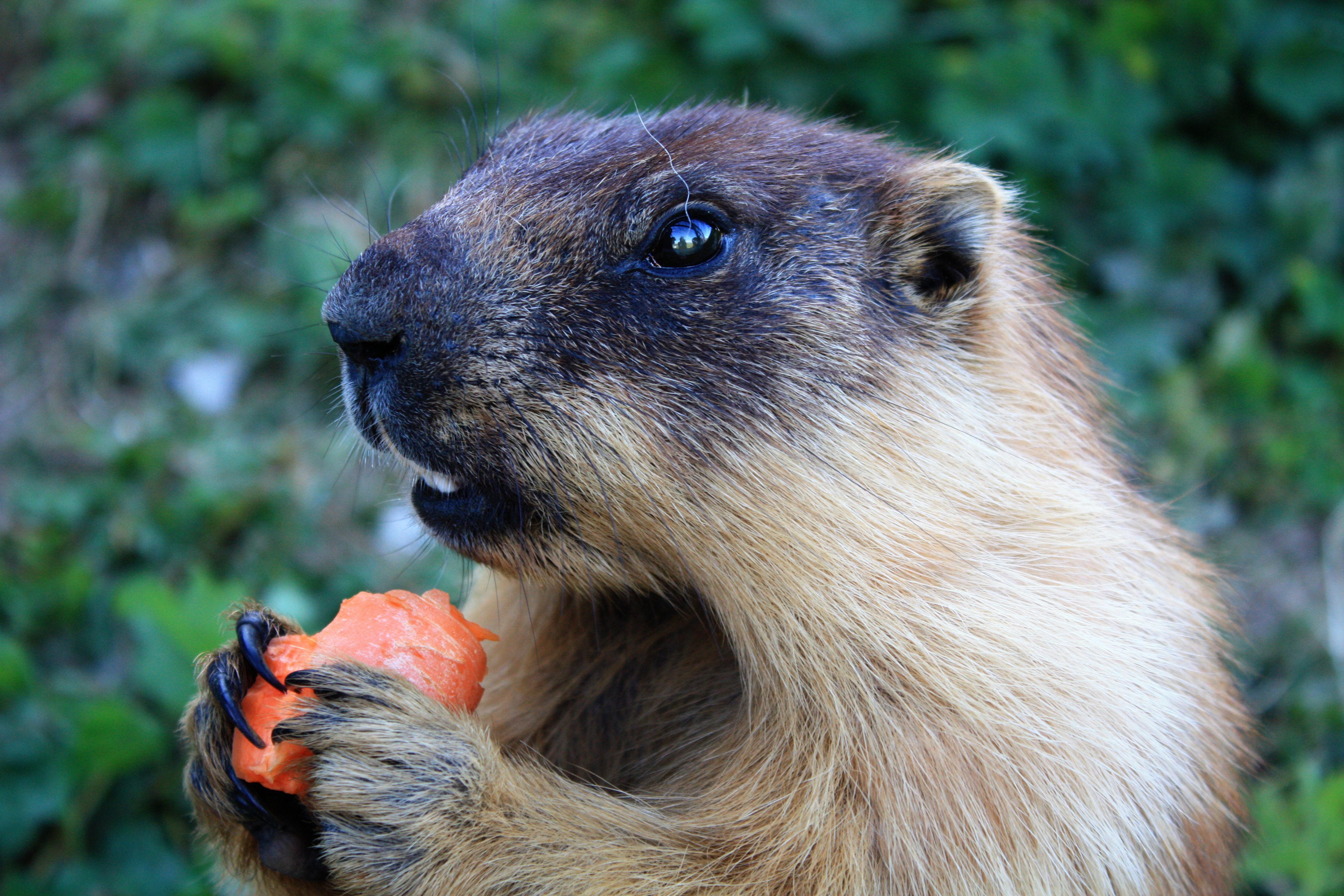
The flagship species of the Selenge-Orkhon Forest Steppe ecoregion is the Mongolian marmots. Image credit: Creative Commons
Climate and local topography interact, resulting in a mosaic of different plant communities. On colder, moister, northern aspects there are forests of Siberian larch, scots pine, and Asian white birch. Warmer, drier, southern aspects have some open forest of scots pine and European aspen but are mostly covered by meadow steppe and dry steppe grasslands with species such as Lena River fescue, Cleistogenes squarrosa, Artemisia frigida, Carex pediformis, Dontostemon integrifolius, and Pulsatilla ambigua. There are areas with Chinese elm trees, floodplain woodlands with willows such as Salix rhamnifolia, and floodplain meadows with Achillea asiatica, Iris sanguinea, and Pedicularis resupinata. The delta where the Orkhon and Selenge Rivers meet has lush, wet grassland.
Wolf, Siberian roe deer, and Siberian musk deer live in the birch and larch forests. Corsac fox and Pallas’s cat hunt in the steppes. Snow leopards live in the Khan-Khokhi mountains, feeding on the Siberian ibex. Amongst the many small mammal species, specialists of the forest steppe include Daurian hedgehog, Daurian pika, tolai hare and the endangered regional endemic, Mongolian marmot.
The ecoregion is important for the now isolated populations of great bustard, which have partially adapted to the presence of wheat and fallow fields. Lakes and wetlands are on the flyway for numerous migrating waterbirds such as whooper swan, bar-headed goose, demoiselle crane, and ruddy shelduck. The Selenge River is home to huge Siberian taimen, a kind of trout.
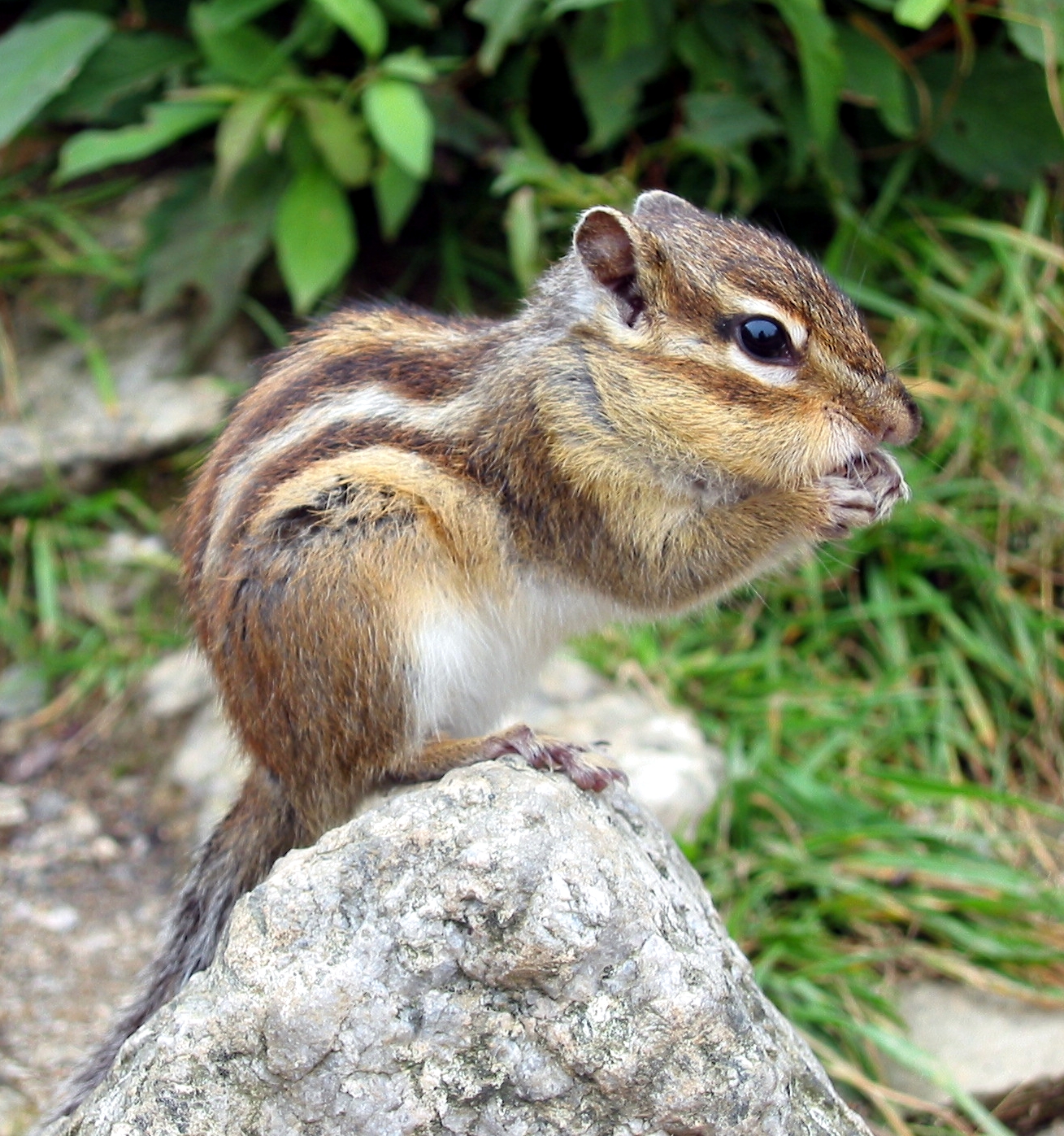
Siberian chipmunk. Image credit: Creative Commons
The Orkhon-Selenge region is the most important agricultural zone in Mongolia, and there are many human settlements and fields along the river valleys. Crops are often irrigated because there is little rainfall. There is a large amount of livestock farming, with sheep, goats, cattle, horses, and camels all grazing within the ecoregion. Whilst several large protected areas touch upon the area, with the exception of the Khan-Khokhi Khyargas Mountain National Conservation Park, there is little protection for steppe grasslands under pressure from grazing, industrial development and arable farming.
The discharge of domestic and industrial waste, including heavy metals from gold mines, threatens rivers and wetlands. Mongolia’s population is growing and the pressure from livestock grazing and timber logging is increasing. Climate change may well alter the composition of forested areas, with more drought-tolerant scots pine superseding larch trees as temperatures continue to rise.
The priority conservation actions for the next decade will be to: 1) create protected areas for undamaged grassy steppes with connectivity between different zones of altitude and aspect; 2); prevent overgrazing but promoting more sustainable livestock ranching practices; and 3) control logging of coniferous trees.
Citations
1. Joint Research Centre of the European Commission. 2019. The Digital Observatory for Protected Areas (DOPA) Explorer 4: Kazakh Upland. [Online]. [Accessed 5th December 2019]. Available from: https://dopa-explorer.jrc.ec.europa.eu/ecoregion/80811
2. Erdős, L., Ambarlı, D., Anenkhonov, O., Bátori, Z., Cserhalmi, D., Kiss, M., Kroel-Dulay, G., Liu, H., Magnes, M., Molnár, Z., Naqinezhad, A., Semenishchenkov, Y., Tölgyesi, C. and Török, P. 2018. The edge of two worlds: A new review and synthesis on Eurasian forest-steppes. Applied Vegetation Science. 21(3), pp.345-362.
3. WWF. 2018. Central Asia: Northern central Mongolia, stretching slightly into southern Russia. [Online]. [Accessed 7th December 2019]. Available from: https://www.worldwildlife.org/ecoregions/pa0816
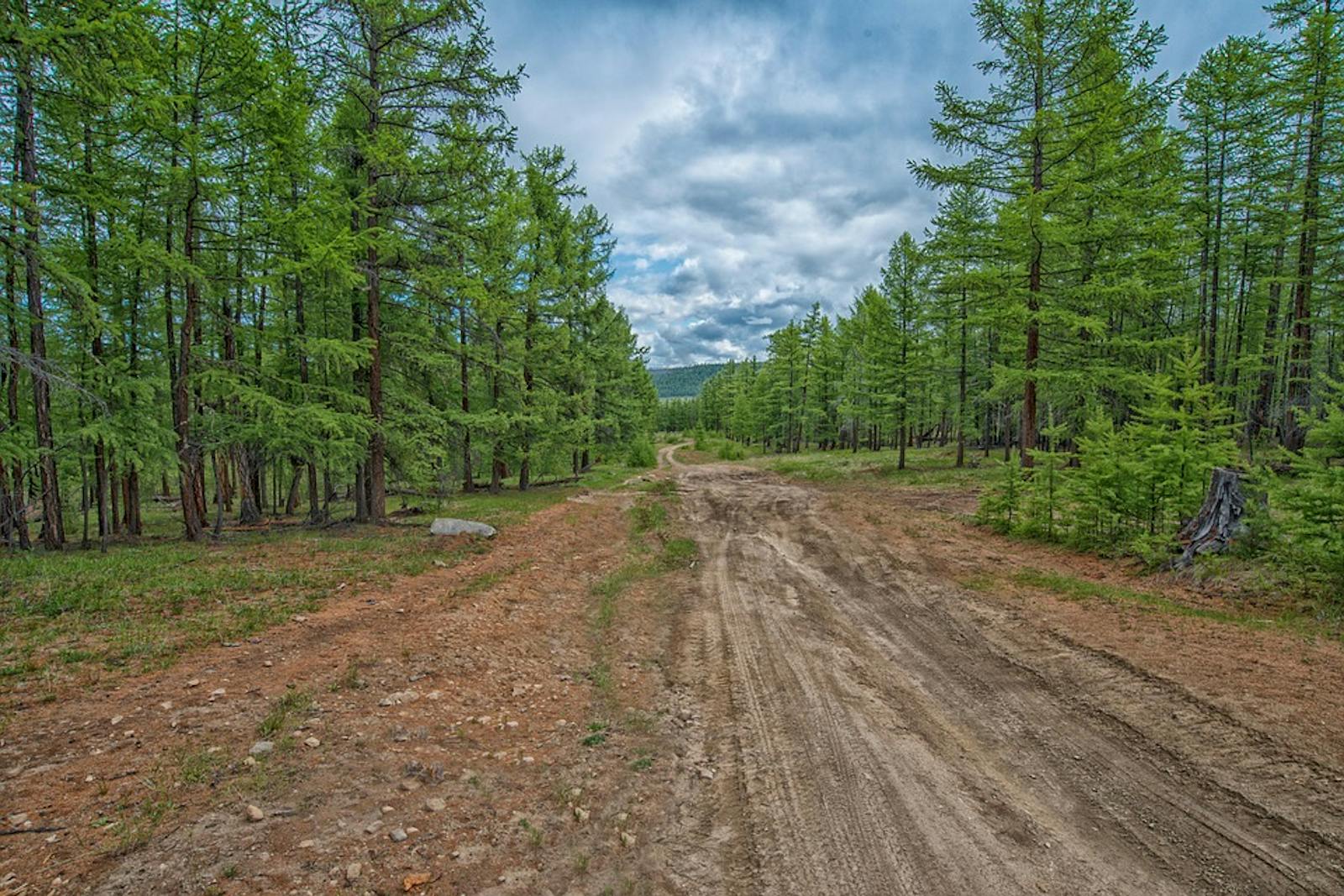
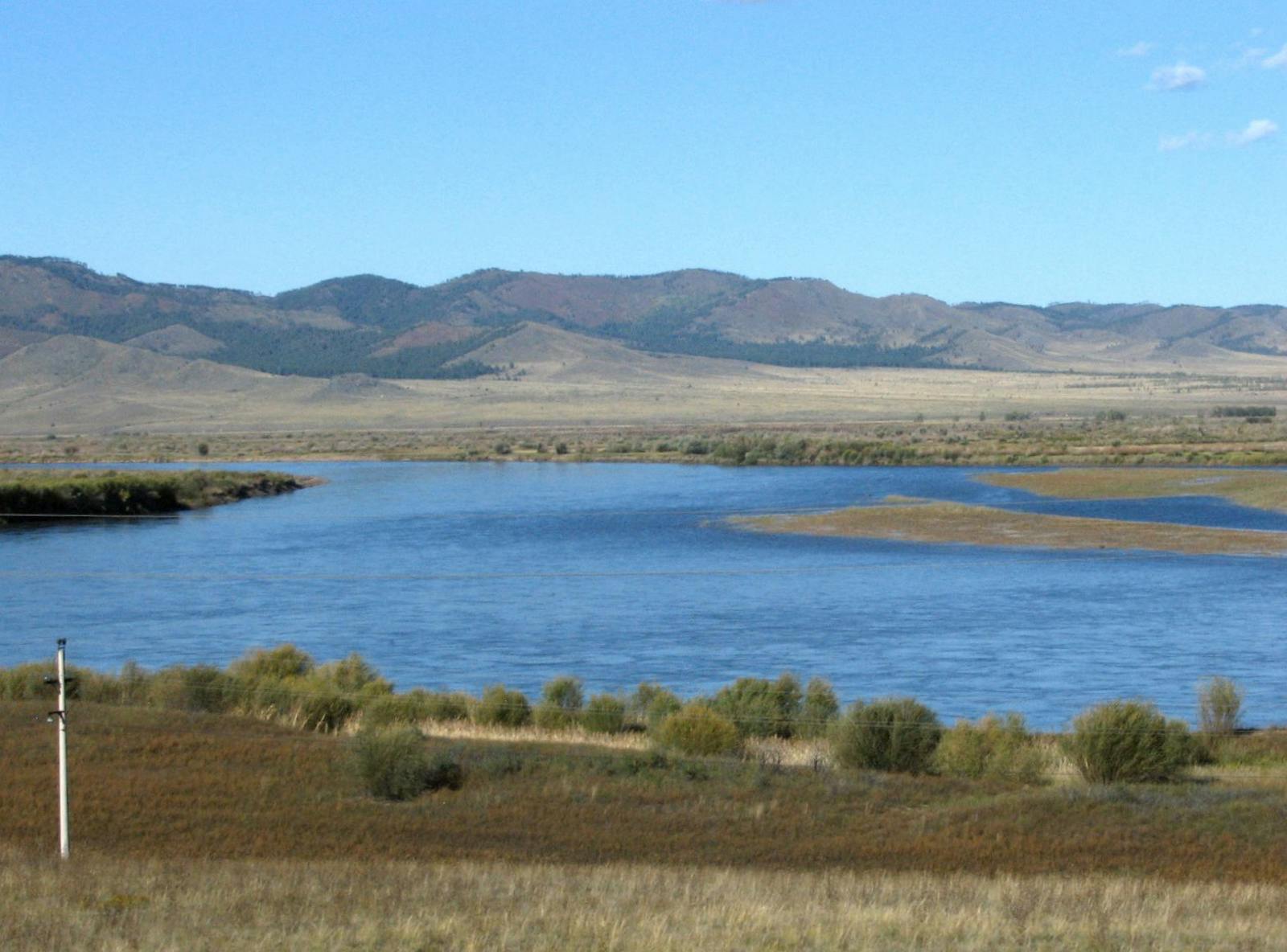
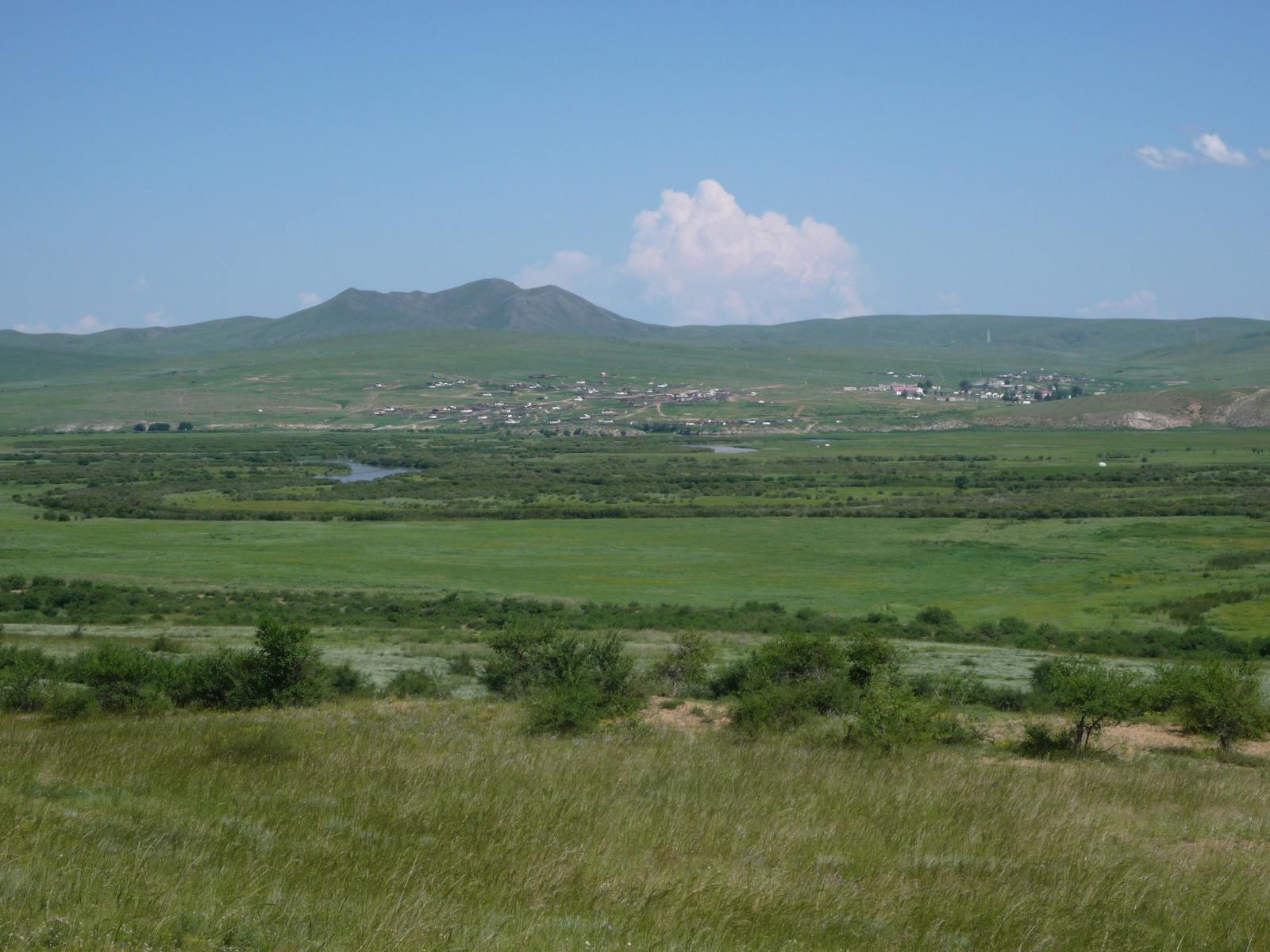
.png?auto=compress%2Cformat&w=300)

